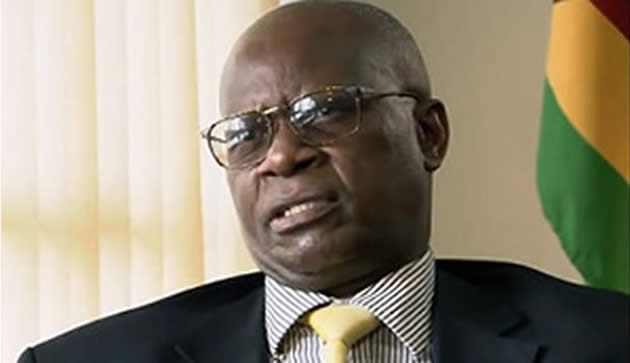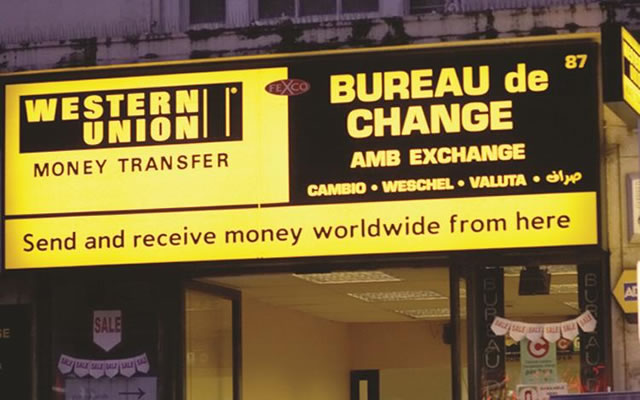Editorial Comment: No quick-fix solution on used car imports

 It is an indescribable feeling buying and driving a new car. The majority of Zimbabweans yearn for the day when they would experience the excitement and profound sense of personal satisfaction that comes with stepping in a car showroom, picking a brand new motor of their dreams, paying for it and wheeling out. There is no apprehension over what amount of duty the generally spontaneous Zimra officials at the port of entry would pluck from the air. There is no trouble having to drive for three days and three nights, the 3,000km from Dar es Salaam, to Zimbabwe with no guarantee the car would last the distance.
It is an indescribable feeling buying and driving a new car. The majority of Zimbabweans yearn for the day when they would experience the excitement and profound sense of personal satisfaction that comes with stepping in a car showroom, picking a brand new motor of their dreams, paying for it and wheeling out. There is no apprehension over what amount of duty the generally spontaneous Zimra officials at the port of entry would pluck from the air. There is no trouble having to drive for three days and three nights, the 3,000km from Dar es Salaam, to Zimbabwe with no guarantee the car would last the distance.
Many endure the trouble of importing used cars from Japan, Singapore, UK, and America and lately Thailand, not for the fun of it. They want to meet a need for an easier, personal form of transport; a need which they cannot meet buying locally-assembled vehicles that are more expensive.
One can import a modest 11-year-old Mazda sedan from Japan for about $5,500 and $3,800 for the lower-end Nissan Sunny or Honda Fit. Better names like Mercedes Benz C, or E classes, BMWs or Audis can land for around $10,000 and larger all-terrain Toyota D4Ds for not more than $20,000.
Yet, a new, locally-assembled Mazda3 costs at least $22,000. Bigger and better ones go up to $40,000 while new sedans imported fully-assembled from South Africa cost at least $22,000 as well like the locally-manufactured.
It is a challenging situation facing the customer, who really needs a car and appreciates his contribution to hemorrhaging the economy, but lacks enough to buy a new, Zimbabwe-assembled one, thus prevent the leakage of money. He naturally chooses to import a used one, never mind its condition, the dangerous drive from Tanzania, what Zimra would charge or the cost of that decision to the economy.
Indeed, the used car imports are satisfying a need, and making the lives of ordinary people more comfortable, but authorities are concerned at what they see as unnecessary expenditure and wastage of money.
Finance Minister, Cde Patrick Chinamasa said Zimbabwe imported 206,519 cars between January and November last year, translating to 18,774 vehicles per month. They cost the economy $606 million or an average of $55 million monthly. Zimra collected $250 million in duty.
“Already,” he told tourism operators seeking government permission to import used cars, “I’ve misgivings about the importation of second-hand vehicles. A lot of them are junk. The US dollar is precious currency and what’s being brought here is junk; and to spend our hard-earned foreign currency on that is a bit unfair. We shouldn’t throw it away to buy junk.”
His tough take on continued spending on used car imports is acceptable for a treasury chief whose country is short of jobs and battling its worst liquidity shortage. Having spent $606 million importing the grey cars, and earning $250 million in import duty, the economy lost $356 million to Japan and UK and other source markets.
The prejudice extends beyond dollars and cents. Critics assert that, because grey imports are pre-owned, they are obviously older and tend to be in poorer shape that they frequently break down and emit high levels of smoke, thus pose an environmental problem. Because of their advanced ages and relative tendency to break down, they are expensive to run. Police also attribute many of the road accidents being recorded to the aged grey imports.
That, according to the Zimbabwe Energy Regulatory Authority the national consumption of diesel and petrol increased from 556,097,223 litres to about 1,381,434,530 litres over the past four years must be a result of the increase in used car imports. This is positive news for fuel retailers.
But we don’t see an easy way out. We have always implored authorities to prevent, or limit spending on car imports by stimulating the production of affordable vehicles locally at our sole assembly line, Willowvale Mazda Motor Industries (WMMI). A price of $22,000 for the cheapest sedan in an economy where jobs are scarce and more than 80 percent of those lucky to be on jobs earn $500 monthly, is on the steep end.
Government, working with financial institutions can provide loans with a tenure of at least five years for those seeking to buy WMMI products only, not the present situation where a few banks give certain clients $10,000 in loans that end up being spent on grey imports.
Furthermore, government must lead by example as industrialist Kumbirai Katsande told Cde Chinamasa at the tourism indaba, by buying cars from WMMI. This limits the losses we are incurring and encourages more to buy locally. Without that, there is no incentive for a hard-up worker to begin to think about saving enough to buy a WMMI product.
However, the concerning expenditure on used car imports is only an indication of our expanding national import bill. It is not ideal for us to import textiles, food, furniture; television sets and radios as much as we are doing. Between January and August last year, the import bill had risen by 129 percent from $1,7 billion to $3,9 billion because of increased food imports.
Used car imports are bad for the economy just like textile and furniture imports, but can only be contained in a more holistic sense of fixing the entire economy.










Comments